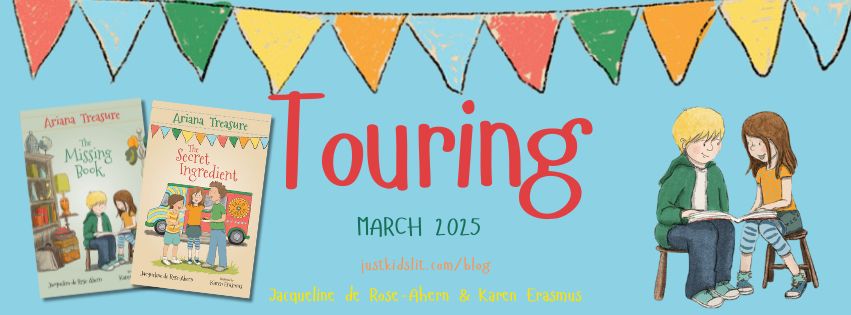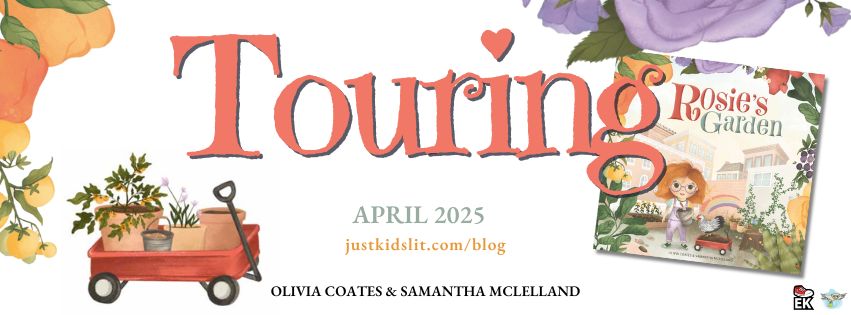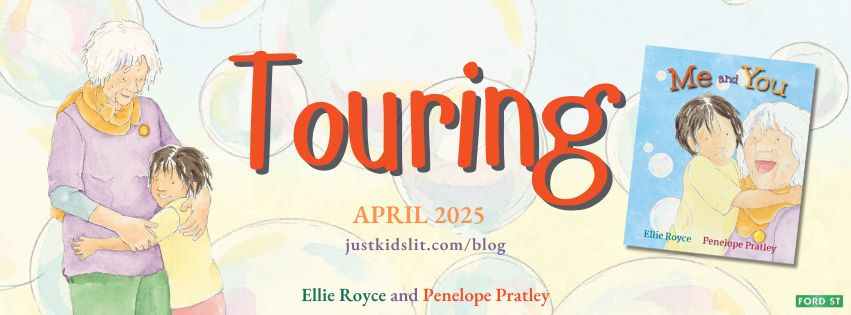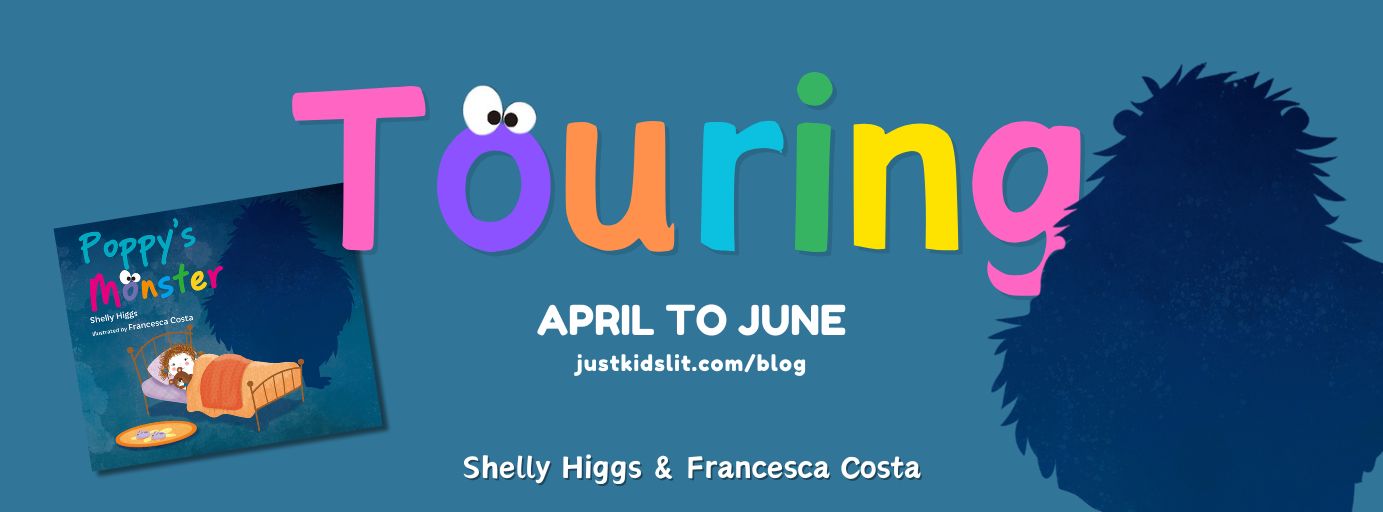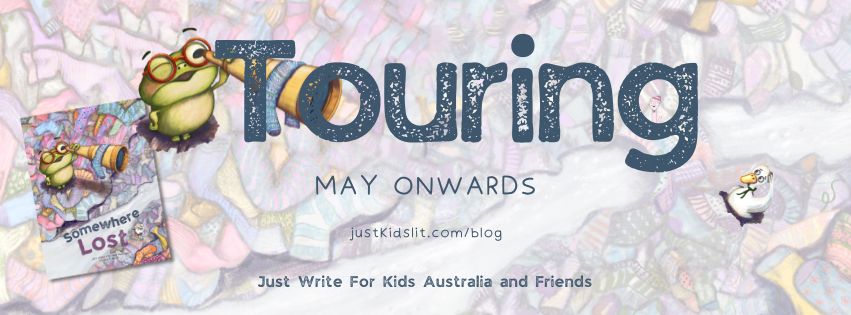Last month I explored the features of picture books and what makes them successful (read it here). So, now that you (with the help of your little ones) have chosen your favourites, it’s time to get the most out of your reading experience.
Picture books represent a beautiful mixture of art and words, collaborating to form a special literary bond. Engage your audience by paying attention to every part of the book, and in particular, the illustrations.
 1. Before reading, allow time for picture perusal through the pages of the book. What do you notice? Can you tell what is happening? Look at the characters’ expressions and surrounding scenes.
1. Before reading, allow time for picture perusal through the pages of the book. What do you notice? Can you tell what is happening? Look at the characters’ expressions and surrounding scenes.
Hooking children in to the book straight away is an effective way to ensure maximum engagement, even with the most reluctant of readers.
2. We want to help facilitate a lifelong love of reading, so connecting with the book gives children opportunities to place themselves and others in the world around them. Whether real or imagined, allow readers to reflect on their own experiences. What do you know about this subject? Place? Character? How does this relate to you? What do you like / dislike about this situation?
Familiarity with images and themes in the stories help children validate their own feelings and also develop emotions like empathy, kindness and humanity.
 3. Discuss the art. The pictures ultimately bring the words to life. How has the scene depicted the emotion, personalities, drama and mood? What artistic techniques, colours and qualities have been used and how effectively do they coincide with the text?
3. Discuss the art. The pictures ultimately bring the words to life. How has the scene depicted the emotion, personalities, drama and mood? What artistic techniques, colours and qualities have been used and how effectively do they coincide with the text?
Children can gain a lot of information and appreciation for the book, which is also great for strengthening creativity, worldly knowledge and emotional intelligence.
 4. Picture books not only promote the enjoyment of books, but also act as a pre-cursor to reading skills. By exploring the illustrations, older children are able to use critical literacy clues to predict, analyse and innovate – vital for comprehension.
4. Picture books not only promote the enjoyment of books, but also act as a pre-cursor to reading skills. By exploring the illustrations, older children are able to use critical literacy clues to predict, analyse and innovate – vital for comprehension.
What do you think is the significance of this part of the story? This character? This detail? How have the words and pictures worked together in this scene?
From pre-readers to those more independent, picture books lend themselves to a range of learning, interpersonal and critical literacy possibilities. Through the illustrations, the message of the story and its themes are translated into a visually exciting, encapsualting and meaningful activity.
So, go ahead, maximise your reading experience with those picture books to their full potential!
_________________
(Reference: www.rif.org)







